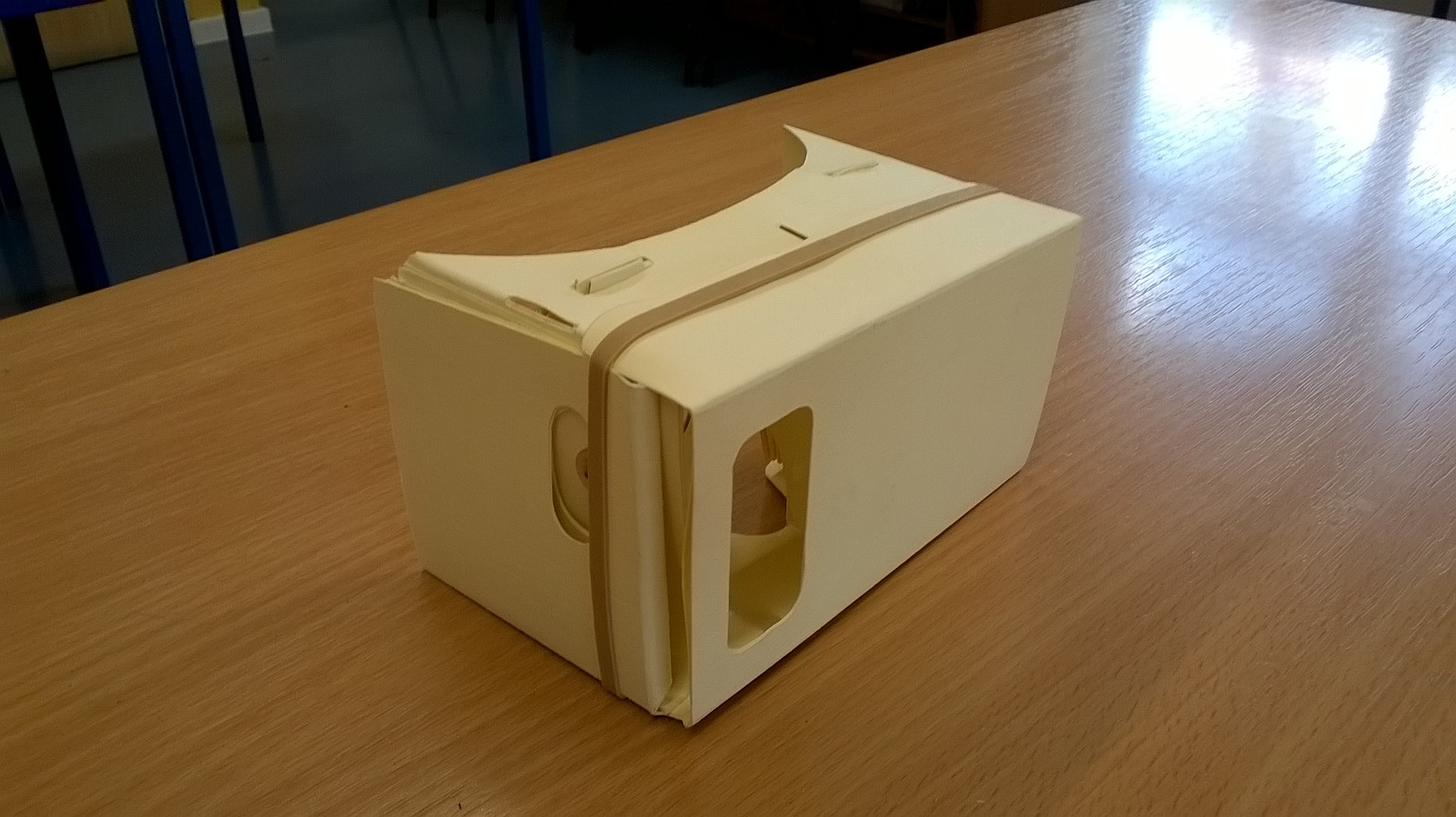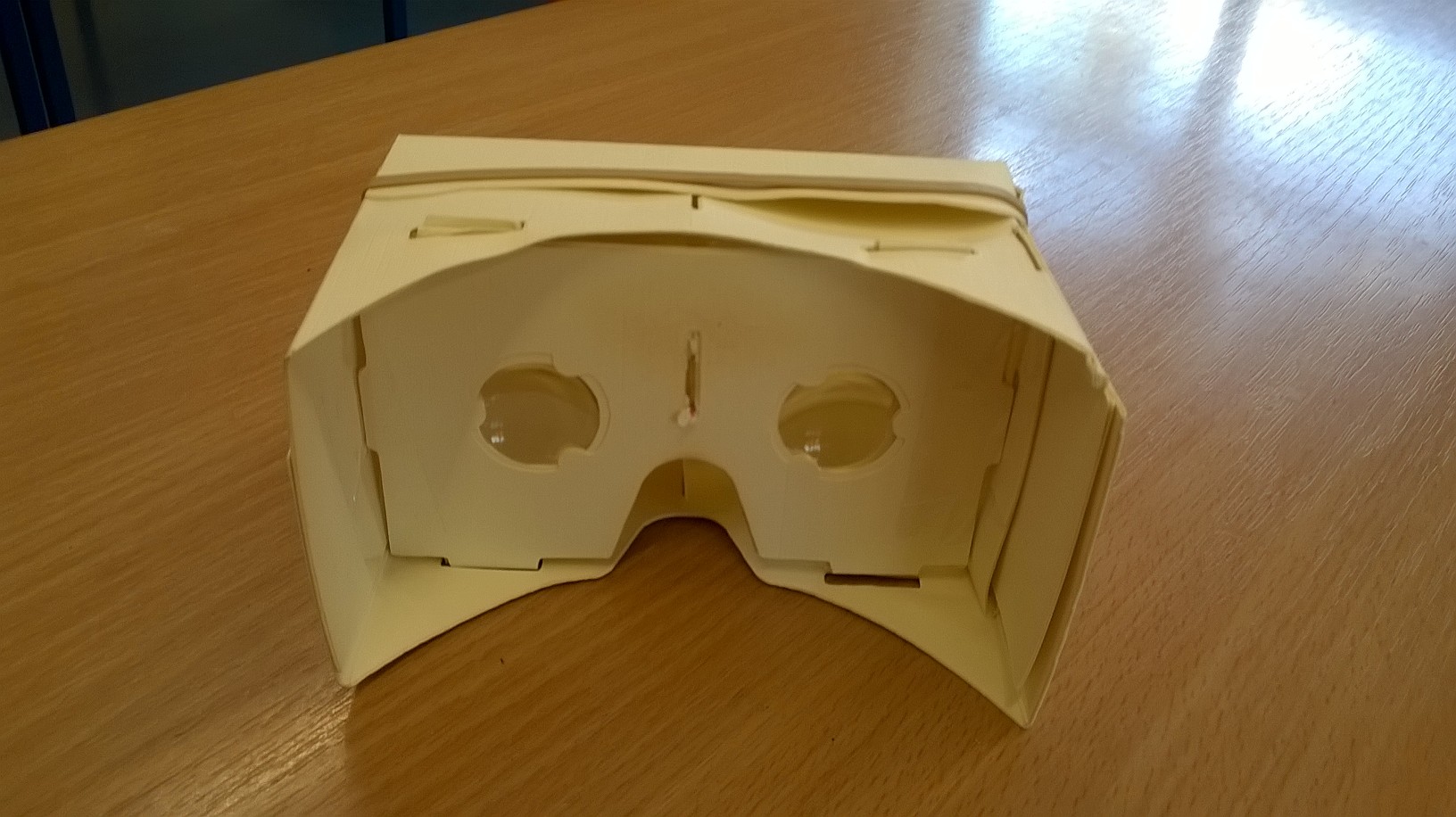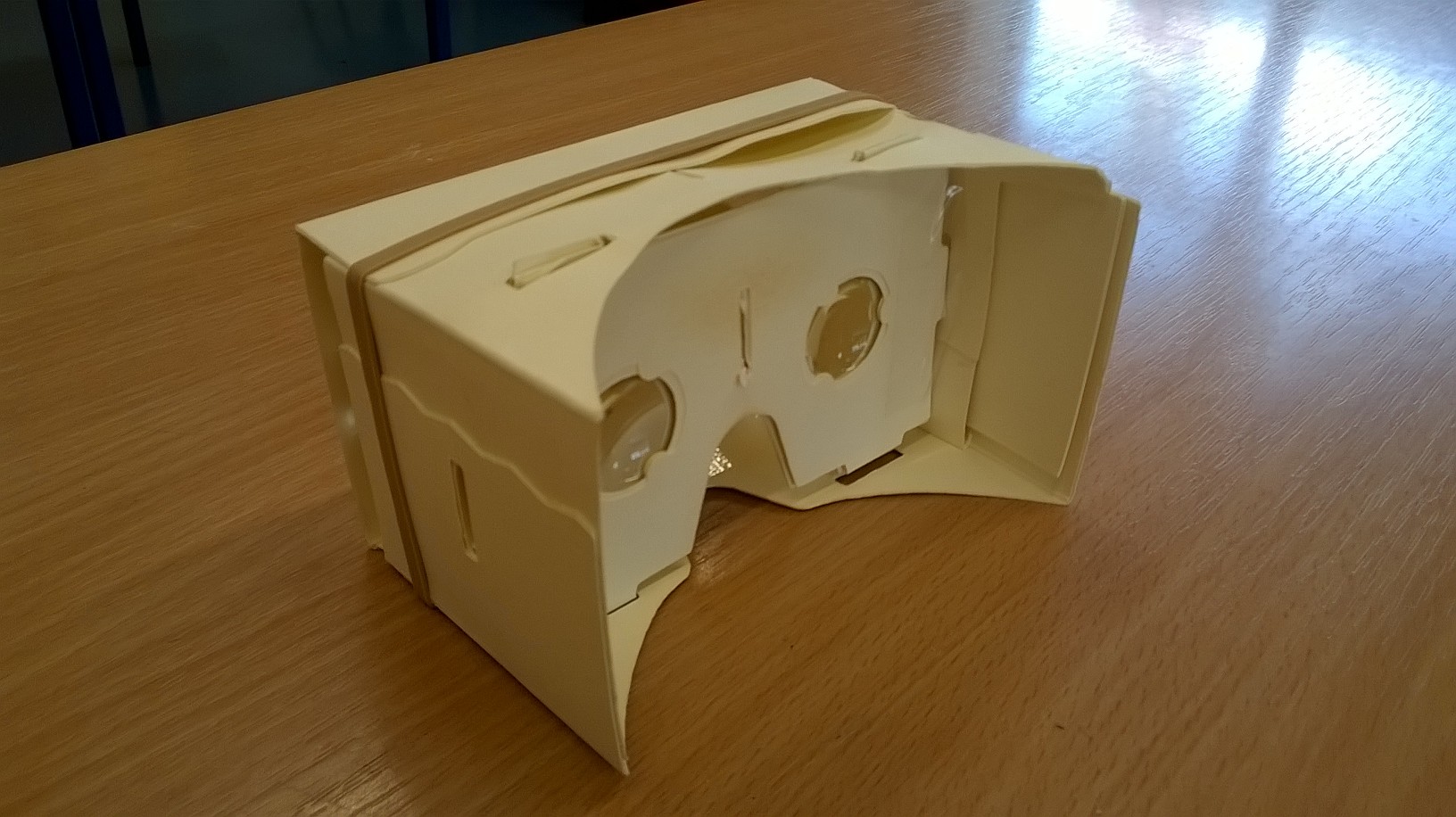I've spoken before about Virtual Reality, about how it was set to be the next 'big' thing, the next piece of must have technology... but much like 3D TV it's moment never came, until now maybe (for VR not 3D TV, no-ones interested in that!).
Whether VR takes this time around remains to be seen but I feel it is important to introduce children to the world of VR as it is an example of a future technology, something that could change the world by challenging the status quo. Often the future technology builds on what has gone before but often it can replace it entirely. Recent examples of this are:
- The iPod changed the way we consume music.
- YouTube has changed the way we distribute content.
- Streaming services such as Netflix and Amazon Prime have changed the way we watch films and television shows. These services are now producers themselvese.g. Daredevil, The Man in the High Castle etc
- Steam, an online video game purchasing platform, has changed the way millions of gamers play their video game.
We must prepare the children for the changing face of the world by preparing them for things that haven’t even been thought of yet. I feel strongly that VR could change the education system. As teachers and educators we like to immerse our children in topics to interest and excite them. With certain topics this is easy as we have to facilities and resources nearby to engage them, however with certain topics like history this can be difficult as the places we are discussing are often not within reach.
How much more thrilling would it be to stand in the place we are learning about? We can't take our classes on an educational visit to Egypt for example when we are learning about the Pharaohs but what if we could take them there virtually. Well, with the power of VR we can.
In this spirit of embracing the future (and past) the pupils in my school made their own Google Card VR headsets. It may not look like much, a simple unassuming little cardboard box but through the use of magnetometers, accelerometers, gyroscopes and external head cameras, which come as standard in most mobile phones, we have the opportunity to transport our children to amazing places.
We made the kits ourselves by using the Brother ScanNCut machine to cut out the Google Cardboard template, and lenses I bought on amazon.co.uk for 80p a pair and a large pack of magnets which cost just 30p each. The whole cost was less than £1.50 but for this low price the children had a complete VR headset! For those not used to crafting their own kit for about £10 you can buy cardboard housing for a smartphone running Google's Android mobile OS, a lens kit, some magnets, some velcro and a rubber band and an easily programmable Near-Field Communication sticker tag for launching the companion mobile app.
The cardboard app comes with 7 “experiences”;
- YouTube lets you watch a selection of Youtube videos on a simulated theater screen.
- Street Vue lets you wander around in a VR version of street view.
- Exhibit lets you look at a few 3D recreations of objects.
- Earth Flyover lets you zoom around a city in Google Earth. Push the “button” to start flying forward, push it again to stop.
- Photo Sphere Viewer lets you look around in pictures you’ve taken using Android’s built-in 360º panoramic feature.
- Windy Day is a cute, cartoony environment where you can watch animals sneak around as leaves fall.
- Tour Guide has you explore the Palace of Versailles.
The children loved making their headsets and took it into their classes to show their peers, there was a great buzz as pupils had a chance to immerse themselves in a roller coaster ride. Teachers were excited about the prospect of VR and what implications it could have for their practice.
As with any new technology there needs to be discussion about its implications upon the world. In Japan, there are hundreds of thousands of young men who do not engage in society but rather seclude themselves at home, living through the virtual world. This is such a phenomenon that they even have a name for it, hakikomori. With the emergence of VR there is a real fear that people may become plugged in but may not plug out.
We need to ensure we talk to our children about being plugged in all the time- it is a real danger.
I hope to create a class set of VR headsets and with the use of iPod touches download many useful apps which could be used across the curriculum. As usual any work done will be shared here but I am excited by what the future could hold with VR in the classroom.



